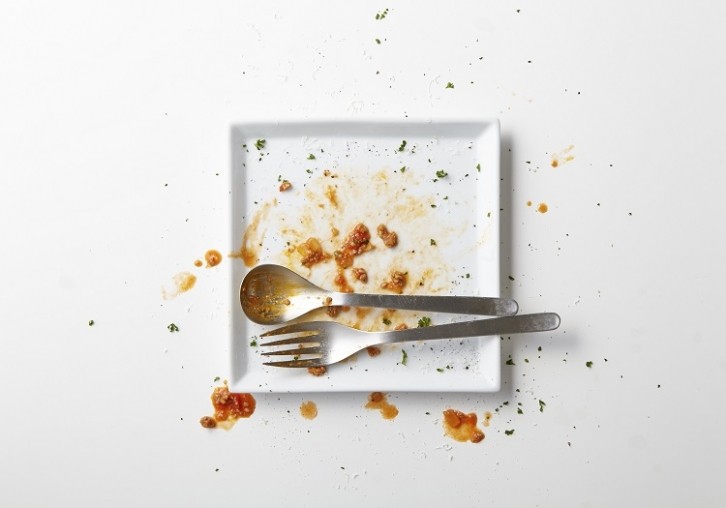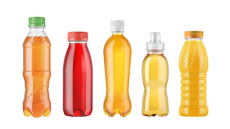NOVA classification matches consumer instincts, study finds

The study found that when asked how processed they thought a given food was, people perceived this foods heuristically at a similar level of processing as it had been officially rated by the NOVA classification, and even a similar level of health as it had been rated by Nutri-Score.
Consumer perceptions and the NOVA classification
NOVA is a classification system, designed by researcher Carlos Augusto Monteiroto, to designate food, in the worlds of the present study, ‘according to the degree and purpose of processing.’
Through NOVA, food can be categorised in one of four ways: a score of 1 is unprocessed or minimally processed, 2 is processed culinary ingredients, 3 is processed foods and 4 is ultra-processed food, or UPF.
The study, which was published in the journal Food Quality and Preference, aimed to assess the links between consumer perceptions of health and their perception of processing, and how these aligned with official health classifications (Nutri-Score) and, more importantly, processing classifications (the NOVA system).
Conducted via an online survey, the study asked 498 participants ‘When thinking about food products produced by the food industry, what are the first associations (words, pictures, and thoughts) that come spontaneously to your mind?’ in a free association task.
For this task, people clearly had a negative perception of processed foods. The most common associations to processed foods were ‘convenience food’ (18.7%), ‘unhealthy’ (16.5%), and ‘additives’ (10.4%), compared with the far less frequent ‘unspecific positive evaluations’ (3.0%) or ‘healthy’ (0.4%).
They were then asked how positive or negative their feelings were about ‘food processed by the food industry’ on an 11-point Likert scale of 5 to -5.
Finally, they were given images of 27 food products and were asked how healthy and processed they considered them, on a sliding scale of 1-100. Brand names were removed.
These perceptions of healthiness and processing level were compared with the product scores for health with Nutri-Score and for processing with the NOVA system.
Notably, foods with a NOVA classification of 1 were the most frequently perceived as healthy, with foods that had a NOVA classification of 4 most perceived as unhealthy.
Also notable was that consumer perceptions of healthiness generally aligned with the product’s Nutri-Score rating, and their perceptions of levels of processing generally aligned with its NOVA score. Consumer instincts on these things were, therefore, often right.
“The NOVA system perfectly mirrors lay people’s perception of food processing,” said Michael Siegrist, one of the authors of the paper.
Problems with NOVA
NOVA is not without its critics. Among these critics is Siegrist.
“The Nova system claims to focus on processing,” he told FoodNavigator, “but it does not focus on processing at all, only on ingredients.
“The system promises something that it fails to deliver. The NOVA system is not a scientifically based classification system.
“A major weakness of the NOVA classification is the lack of clarity as to which category foods belong to. Therefore, many products have not been classified uniformly in past studies. And for consumers, the NOVA system is of no help, because all products in some food categories will be classified as UPF.”
NOVA tells us a lot about ingredients, he suggested, but not much about diet, about how to eat. “It does not make sense to classify foods as healthy or unhealthy. There are healthy and unhealthy diets, however.
“There are many foods that should only be consumed in moderation in a healthy diet. It is also possible, however, to eat only “healthy“ foods according to NOVA, but to have a very unhealthy diet! There is no doubt that most people should eat more veggies and fruits for a healthy diet. Blaming foods to be UPF will not result in such a desired shift, however.”
The NOVA system, Siegrist suggested, could in its simplicity and inflexibility lead to government and industry inaction on improving the nutritional content of food. “Honestly, I do not think that NOVA will have a strong influence on consumers eating behaviour,” he told us, “but I am afraid that it might result in bad governmental decisions and it may reduce industry’s attempts to improve the formulation of their food products.
“They can achieve a better classification within Nutri-Score, but not within NOVA. In NOVA all UPFs are equally bad.
“Why improve anything then?”
Sourced From: Food Quality and Preference
'Perceived degree of food processing as a cue for perceived healthiness: The NOVA system mirrors consumers’ perceptions ’
Published on: August 2023
Doi: https://doi.org/10.1016/j.foodqual.2023.104944
Authors: A. Hassig, C. Hartmann, L. Sanchez-Siles, M. Siegrist

























